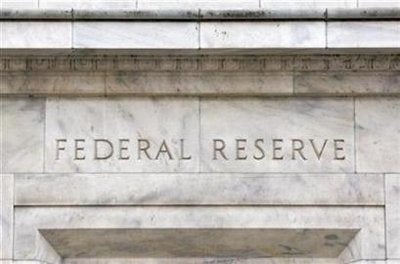
On Thursday, February 17, 2011, the U.S. Bureau of Labor released the latest inflation figures. Inflation, measured as a change in the Consumer Price Index (CPI), registered a slight decline at 0.4% this past month (as compared to 0.5% realized in the previous month), and just 0.2% when food and energy are excluded from the calculation. However small these numbers may seem, the figures sounded plenty of alarms in the last couple of weeks. Some commentators declared this inflation to be unhedgeable (due to traditional inflation hedges such as gold being overpriced), and, therefore, unmanageable. Numbers, however, tell a different story, and as this article shows, inflation has some lucrative and natural hedges in today's markets.
Results of a basic event study on the impact of CPI changes on equities produce clear and stunning evidence that inflation is indeed healthy for many stocks and their investors. Among all equities susceptible to rising CPI, those most affected are shown in Table 1 along with their quantitative price responses to every 1% in monthly inflation figures. With probabilities of the response hitting 99.9%, the numbers speak loud and clear that inflation is great for at least two large sectors of the U.S. economy: financial services companies and commodity companies.
Table 1. Quant response of prices of selected firms to a +1 change in CPI. (Probabilities of the response are reported in parentheses).
First, about commodity companies. True, prices of many commodities like gold and cotton are at their near-record levels and can be hardly helpful for inflation hedging. Other commodities, however, are still fair game, as the numbers show. In particular, petroleum companies (i.e. Anadarko Petroleum: APC), coal producers (i.e. Alpha Natural Resources: ANR, Arch Coal: ACI), aluminum handlers (i.e. Alcoa: AA), and even uranium suppliers (i.e. Cameco: CCJ) persistently rise following increases in inflation. Increasing the concentration of these and similar stocks in one's portfolio is likely to provide a hedge against inflation.
Then, there are the financial services companies like the Bank of New York Mellon Corp. (BK) and American Express (AXP) that statistically benefit from rising inflation. How so? The simplest explanation can be found in the lending rates of these firms: with higher inflation, the banks tend to charge higher nominal rates from their customers, capturing a larger spread between the rates at which they lend and the rates at which they borrow. Popular banking products with variable interest rates such as credit cards, are subject to a rate hike, generating a fair premium for banks. Whether one likes it or not, banks are in a lucrative position as far as inflation is concerned.
How good of a hedge can financial services or commodity companies provide? As Table 1 shows, both sets of firms take well to inflation. For example, in response to a 1% monthly increase in the CPI, the price of the Bank of New York Mellon (BK) on average rises by nearly 5% on the day of the CPI announcement and by over 10% in one month following the announcement, with over 95% statistical confidence. Allocating just a fraction of your portfolio to the inflation-driven stocks may be sufficient to immunize your entire portfolio.
While fretting about the onset of inflation and speculating about its ramifications in the fundamental space, why not hedge it based on quant analysis?